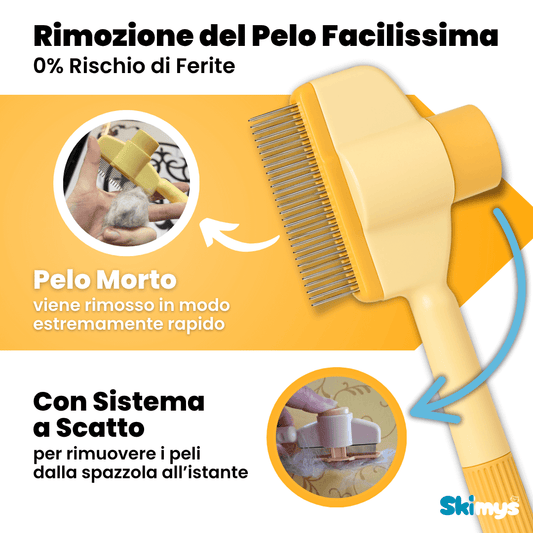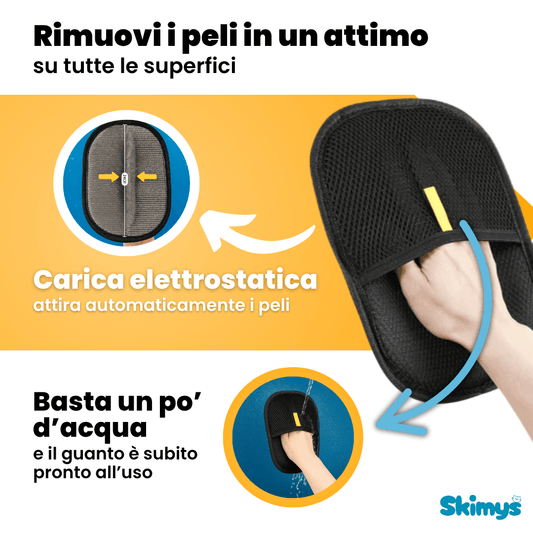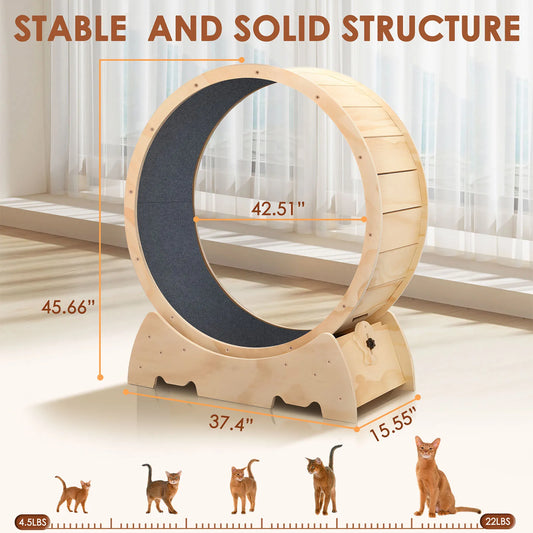Table of Contents
Introduction
Did you know that a staggering 60% of cat owners struggle with their felines refusing to eat food that has been opened for too long? Cats are notoriously picky eaters, and their discerning palates can often lead to food wastage, especially with wet cat food. As pet owners, it’s essential to understand the best practices for storing wet cat food to keep it fresh and appealing to our furry companions.
In this article, we will delve into the best methods for storing wet cat food, addressing common mistakes and misconceptions, and providing practical advice to enhance your cat’s dining experience. By the end of this post, you will learn how to ensure your cat's food remains fresh, safe, and tantalizing—even after it’s been opened. We’ll also explore some essential tips and tricks that can help you avoid wasted food, saving you money and keeping your cat happy.
Let’s reflect on your current pet care practices—how are you storing your cat's wet food?
The Importance of Proper Storage
Understanding the significance of proper food storage is crucial for the health and happiness of our cats. Improper storage can lead to:
- Bacterial Contamination: Opened wet food left at room temperature can quickly become a breeding ground for bacteria, which can make your cat sick.
- Loss of Flavor and Nutritional Value: Exposure to air can lead to oxidation, diminishing both the taste and nutritional content of the food.
- Increased Waste: If your cat refuses to eat stale food, you may end up throwing away perfectly good meals.
To maintain your cat's health and appetite, it’s essential to adopt the right storage techniques.
Understanding Wet Cat Food
Wet cat food typically comes in cans, pouches, or trays. While many owners opt for wet food due to its higher moisture content and palatability, it requires specific handling after opening. Here's what you should know:
Types of Wet Cat Food
- Canned Food: This is the most common form of wet cat food. Cans are usually sealed tightly and can last a long time when unopened.
- Pouches: Pouches often contain single-serving amounts and are convenient for portion control.
- Trays: These are often designed for easy serving but may not seal as well as cans.
Nutritional Benefits of Wet Cat Food
Wet food is often favored for its hydration benefits, as cats can be prone to urinary tract issues if they don’t drink enough water. The moisture content helps maintain their hydration levels.
Best Practices for Storing Wet Cat Food
After Opening the Can or Pouch
Once you open a can or pouch of wet food, follow these guidelines to keep it fresh:
- Refrigeration: Always store opened wet food in the refrigerator. Use an airtight container or cover the can with a silicone lid to prevent the food from drying out.
- Use Within a Few Days: It’s best to consume opened wet food within 2-3 days. Check the manufacturer's guidelines for specific advice.
- Avoid Leaving Food Out: If your cat doesn’t finish the food within 4 hours, discard any leftovers. This is especially important in warmer weather, as bacteria can thrive in moist environments.
Heating and Serving Tips
Cats often prefer their food at room temperature or slightly warmed. Here’s how to prepare food for serving:
- Remove Food from the Fridge: Take the food out at least 30 minutes before mealtime to let it reach room temperature.
- Warm it Up: If your cat is particularly picky, you can warm the food slightly in the microwave (make sure it’s not too hot) or add a bit of warm water or broth to enhance the aroma.
Special Tools for Storage
Investing in proper storage solutions can make a significant difference:
- Silicone Lids: These lids fit over cans and are designed to create an airtight seal, keeping food fresh longer.
- Airtight Containers: If you prefer to transfer wet food to another container, opt for glass or BPA-free plastic containers with tight seals.
- Labels: Keep track of when you opened the food by labeling containers with the date. This will help you ensure you’re using it within the recommended timeframe.
Common Mistakes to Avoid
Even seasoned cat owners can make mistakes. Here are some pitfalls to watch out for:
- Leaving Food Out Too Long: Leaving wet food in the bowl for too long can lead to spoilage. If your cat doesn't finish it, consider serving smaller portions.
- Storing in the Original Can: While it may seem convenient, once opened, the can should not be stored in the fridge without a lid, as it can lead to oxidation and a metallic taste.
- Ignoring Temperature: Cats are sensitive to temperature; serving cold food straight from the fridge can deter them from eating. Always allow it to warm up before serving.
- Neglecting Hygiene: Regularly clean your cat’s food and water bowls to prevent bacterial growth.
Addressing Common Questions
How Long Can Opened Wet Cat Food Be Left Out?
Opened wet cat food should not be left out for more than 4 hours. In warmer weather, reduce this time to prevent spoilage.
Can I Freeze Wet Cat Food?
While it is technically possible, freezing wet cat food can alter its texture and flavor. If you choose to freeze it, do so in portioned amounts and ensure it is in a freezer-safe container.
What Should I Do If My Cat Refuses Cold Food?
If your cat refuses to eat food straight from the refrigerator, try warming it slightly or adding warm water to it. Cats often prefer their food at room temperature.
Is It Safe to Use Plastic Containers for Storage?
If you choose plastic containers, ensure they are BPA-free to avoid harmful chemicals. Glass containers are a great alternative for safe storage.
How Can I Tell if Wet Cat Food Has Gone Bad?
Look for changes in color, texture, and smell. If the food has an off odor, discoloration, or shows signs of mold, discard it immediately.
Conclusion
Properly storing wet cat food is essential for maintaining your cat's health and ensuring they enjoy their meals. By following the best practices outlined in this article, you can keep your cat's food fresh, safe, and appetizing. Remember, a happy cat equals a happy home!
As cat owners, let’s commit to enhancing our pet care routines. How do you store your cat's wet food? Share your tips and experiences in the comments below. And while you’re at it, don’t forget to check out the Flappy Bird 2.0 Interactive Cat Toy to keep your furry friend entertained and active! Order Now.
FAQ
1. Can I store wet cat food in a plastic container?
Yes, but ensure the container is BPA-free and airtight to maintain freshness.
2. How long can I keep opened wet cat food in the fridge?
Opened wet cat food should be consumed within 2-3 days when stored properly in the fridge.
3. What should I do if my cat doesn't eat the food?
If your cat is hesitant, try warming the food to room temperature or adding a bit of warm water to enhance the aroma.
4. Is it safe to mix wet and dry cat food?
While it's generally safe, avoid mixing them in the same meal as it could alter your cat's preference and digestion.
5. How often should I clean my cat's food bowl?
Clean your cat's food and water bowls daily to prevent bacteria buildup and ensure your pet's health.































